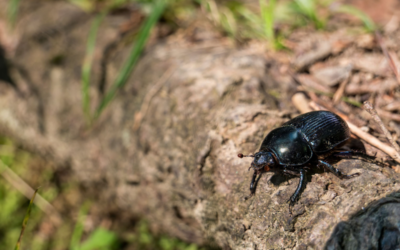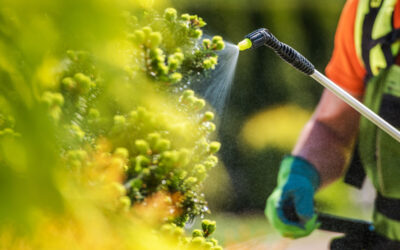In a DIY era, Jacks of All and Masters of None will take photos on a cell phone and call them good enough for their website. The same Jacks will rent a floor sander and attempt to make their floors look like new. Not so much. They’ll dedicate a weekend to replacing the concrete front walk. It crumbles way too soon. And in the pre April 15 season, they’ll take a whack at their own tax preparation. Audit alarms are going off.
The point is not everyone has the training to do every job well.
Just like surgeons and dentists, arborists are licensed. Donovan Arborists AKA www.Denvertrees.com, is celebrating nearly 25 years in business serving all areas of metro Denver and its suburbs.
Denver’s municipal code requires any business engaged in the care of trees and shrubs to be licensed through the Office of the City Forester. The license requirement applies to individuals who provide tree and/or shrub pruning and/or removal.
Two classes of licenses are issued including Large Tree Classification that requires the use of an aerial lift and Ornamental Classification for those engaged in tree and/or shrub trimming and removal performed on the ground.
While it’s obvious the licensing program is designed to protect residents and the arborists themselves, licensing is also designed to protect the areas trees from substandard practices.
Tree removal, trimming and maintenance are a science. Temperature swings, infestations, and natural disasters can cause damage that necessitates care. Unlike the freeze in November 2014, the freeze in October 2018 isn’t likely to cause permanent damage on otherwise healthy trees, according to Denver City Forester Rob Davis. In 2014, temps dropped 50 degrees overnight and remained in the single digits for several days. Tree species across the city were lost. Davis noted that deciduous trees that retain their leaves all winter could be freeze damaged. Deciduous trees shed their leaves in the fall each year.
Tree Canopy is a term used by professional arborists. It’s a term city planners used when in 2006 the city launched the Mile High Million Tree Initiative with a goal to plant one million trees by 2025. The initiative was the net of a study of Denver’s existing 10.7M trees across 721 square miles. The trees provided $551M in property value increases, energy savings, carbon storage, storm water runoff reduction and air quality benefits annually. The proposed addition of 4.25M more trees is estimate to increase the benefits of the Urban Tree Canopy exponentially from 16 to 31%.
Professional arborists understand how to prune trees to maintain structure, form, health and appearance. Removing branches that could fall and injure property or humans is essential for safety. And trimming trees to remove disease or insects is vital.
Coloradans battled Mountain Pine Beetles with a fury from 1996 to 2014. The insects invaded 3.4M acres across the state but the populations have returned to normal levels and are no longer a threat, according to the Colorado State Forest Service.
But a new pest is attacking lately. The IPS Beetle population has exploded in the last few years, a result of the drought of 2014 and changes of weather patterns. IPS beetles are easily confused with the Pine beetle requires supplemental watering and thinning plus removing tree cuts from the area immediately. For info on the IPS beetle, see Colorado State University: https://csfs.colostate.edu/forest-management/common-forest-insects-diseases/ips-beetle/.
If you’d simply like to know more about tree care, the city has study resources available online at www.Denvergov.org/forestry. Then call Donovan Arborists for a fair estimate to trim your trees like a pro!




